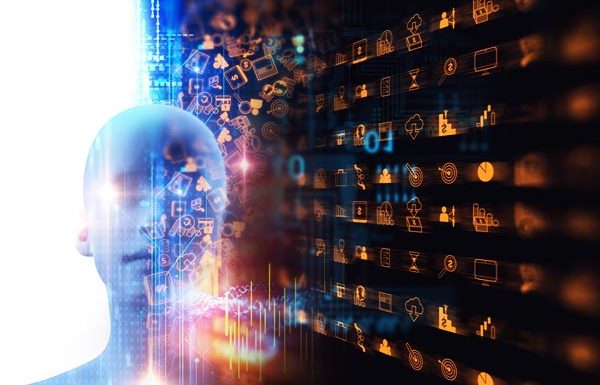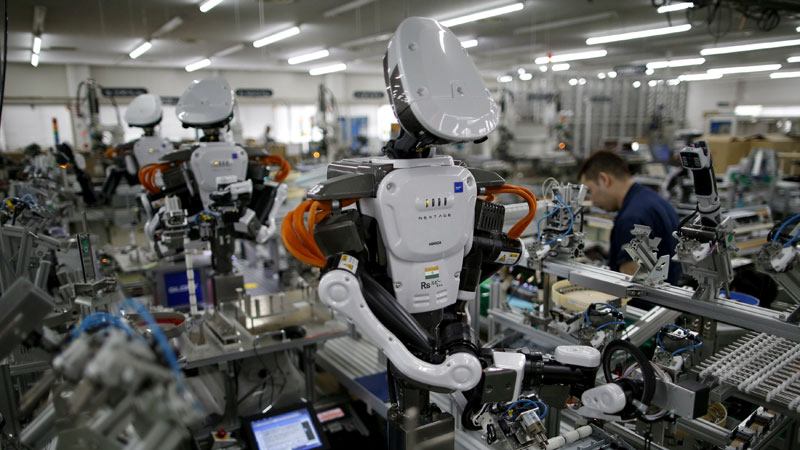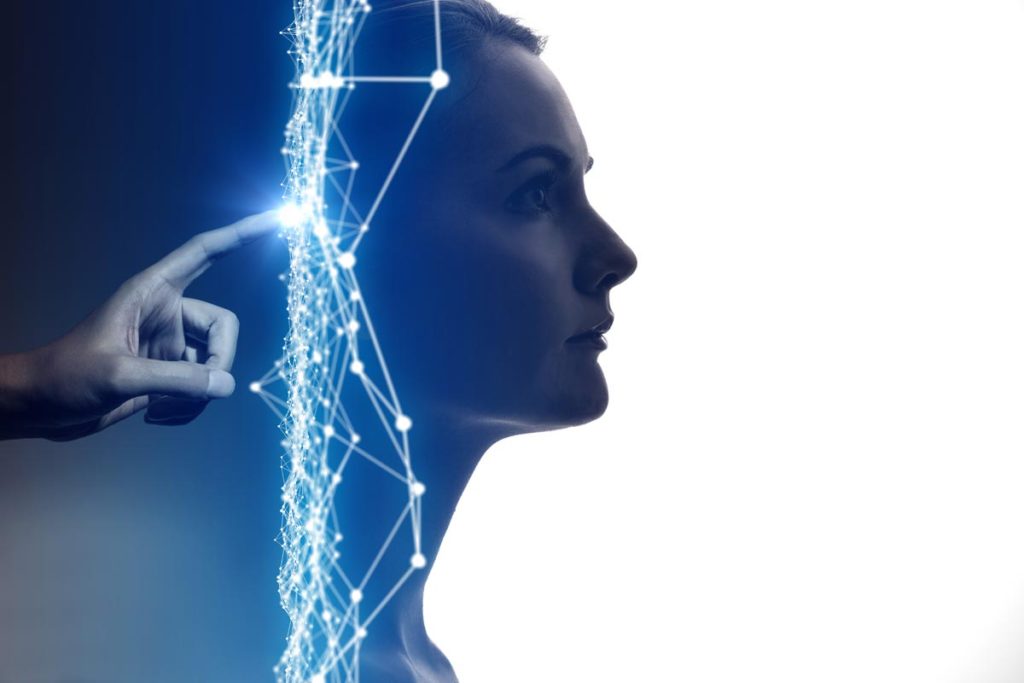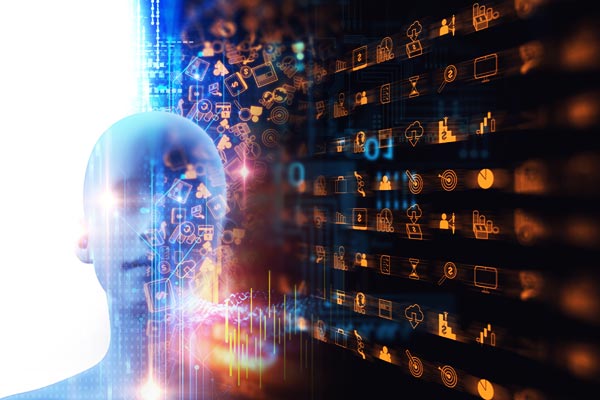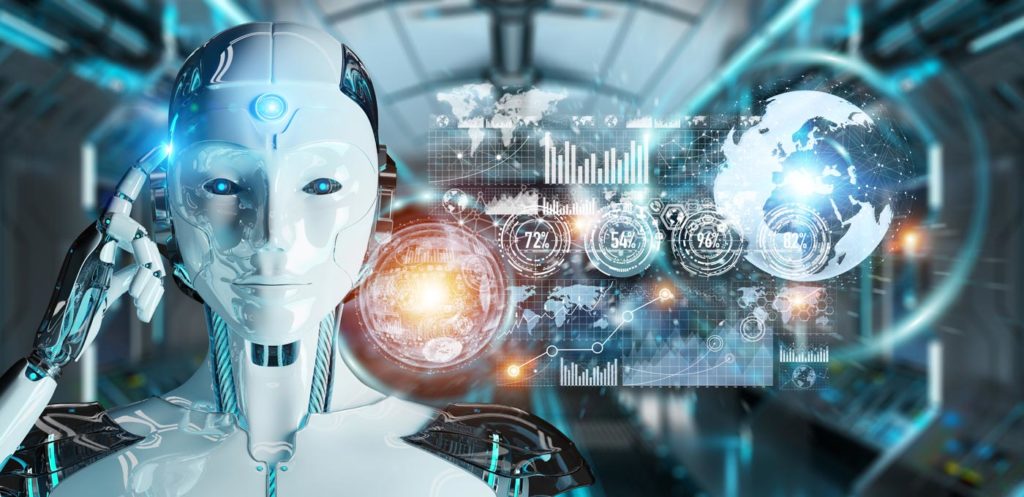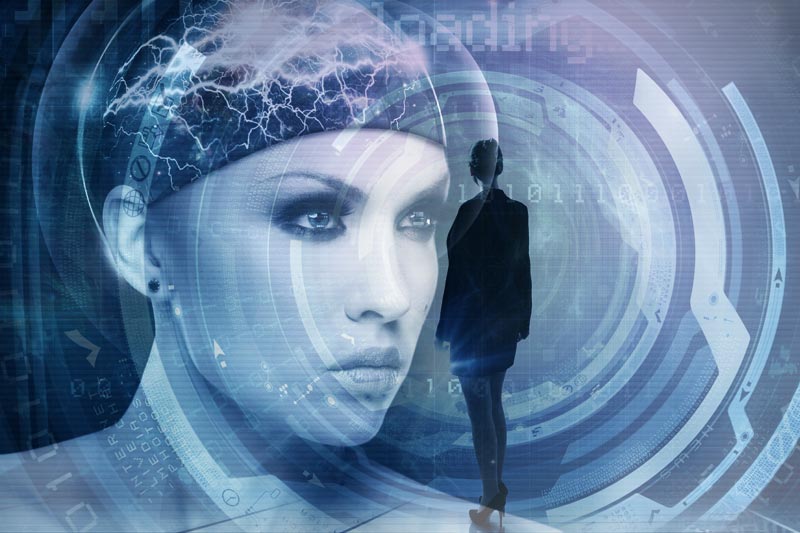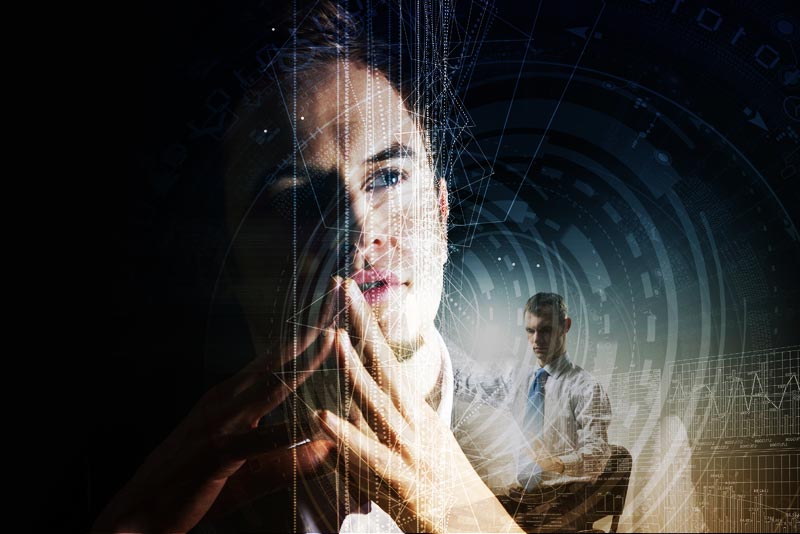One of the greatest skills that we can have for the future is maximizing our concentration skills and getting into a flow state. The only way to do this is to slow down the monkey mind from jumping all over the place. Not an easy task in this world.
Something that has really helped me to get into a meditative flow state is my, Muse – Brain Sensing Headband. It’s like having your own personal meditation assistant. Check out Muse.
Last week, I talked about using AI to help people and change the world.
I came across a fantastic article from Marshall Phelps, on Forbes.com that really relates to what I was talking about.
Two Huge Problems AI Could Solve Today
This article looks at how AI could be used to help “various agencies of the federal government manage massive stores of data in order to serve hundreds of millions of Americans. The two examples are: the U.S. Department of Veterans Affairs and the U.S. Patent and Trademark Office (USPTO).”
According to the article;
“The Department of Veterans Affairs has at least 21 million active files, representing each veteran who has ever served our nation. Somewhere in those files lie clues that could help us identify the 22 veterans each day — almost one every hour — who are going to commit suicide. But we don’t have the human resources to sift through those files proactively for the key indicators associated with an increased likelihood of suicidal action. Heck, with months’-long waits to even see a doctor, VA staff can barely keep up with the vets coming in for simple check-ups.
But AI expert systems, designed by trained psychologists knowledgeable about suicidal triggers, could do it. They could identify veterans most at risk, and design interventions that could save hundreds, and maybe thousands, of lives.”
“Every year, the Patent Office receives more than 600,000 applications for patents, each of which has an average of 15 claims and 75,000 characters. Each of these applications must be individually vetted for novelty, non-obviousness, and utility — which among other things, means checking them against the 14 million patent files in the USPTO database.
“Even though the Patent Office employs 8,500 highly-skilled patent examiners, each of whom has significant expertise in multiple technical areas, it’s a gigantic if not borderline-impossible task. And it’s one that each examiner only has a few hours and very limited resources with which to do it. And because of these limitations, many experts say there’s been a decline in patent quality.
AI can help the Patent Office screen out those applications undeserving of a patent, and can sure only that genuinely worthy inventions receive a patent? For one thing, an AI system could pre-screen and pre-search all new applications looking for direct similarities in their claims to those of already-existing patents, which would therefore spot those that seem to be not truly original. Examiners would of course need to follow up by applying their own human judgment to the evaluation, but AI would certainly save time and improve the examination process
These Patent Office files have been called the greatest storehouse of technological knowledge on the planet. And that’s exactly what it is.”
Congratulations to Mr. Phelps for a great article showing how using artificial intelligence can save veterans lives and help technologies that can help all of us, get into the market faster and with more efficiency.
Healthcare Providers Would Gain Greatest Share of Savings — $9.5 Billion
This article says,
“The U.S. healthcare industry made a modest amount of progress in automating claims-related business processes, but a significant opportunity to save $11.1 billion annually remains, according to new data released today in the fifth annual CAQH Index®. The report shows increased use of some manual transactions – primarily via web portals – resulting in a reversal of gains made for some of those transactions in previous years and the increase in potential savings.”
“The $11.1 billion industry savings opportunity is an increase of $1.8 billion over the prior year. This is the second year in a row in which the Index has found an increase in the potential industry savings that could be achieved with full adoption of electronic transactions. The largest portion of the savings, $9.5 billion, would accrue to healthcare providers, including an estimated $2 billion for dental providers.”
This is a great article to check it out if you’re into business automation and especially the healthcare claims field.
Mr. Rotman says;
“Pittsburgh is reinventing itself, using the advances in automation, robots, and artificial intelligence coming out of its schools—particularly Carnegie Mellon University (CMU)—to try to create a high-tech economy. Lawrenceville, five miles from Hazelwood, has become a center for US development of self-driving cars. Uber Advanced Technologies occupies a handful of industrial buildings; self-driving startups Argo AI and Aurora Innovation are nearby. Even Caterpillar has set up shop, working on autonomous backhoes and other heavy machines that could one day operate themselves.
Despite all this activity, Pittsburgh’s economy is struggling by many measures. Though the city’s population is no longer hemorrhaging away—between 1970 and 1980 it fell by roughly a fifth—it isn’t growing, either, and is aging quickly. During the last half-decade, almost 70,000 people aged 35 to 54 have left the region. Well-paying jobs are scarce and towns are being devastated by opioid addiction.
This makes Pittsburgh not only a microcosm of the US industrial heartland but a test case for the question facing every city and country with access to new digital technologies: Can AI, advanced robotics, self-driving cars, and other recent breakthroughs spread prosperity to the population at large, or will they just concentrate the wealth among entrepreneurs, investors, and some highly skilled tech workers?” End quote
It looks like Pittsburgh is a great test case to see if a city that has been struggling for many years can reinvent itself with technology. So far the results are not encouraging but only time will tell if this can be done. As many of you are aware, we are losing many of our once great cities like Detroit, Baltimore and others to crime and decay. It would be great to see them rebuild themselves using technology.
There is an interesting article buzzing around last week but I remain skeptical.
Technology Will Redefine Not Reduce Manufacturing Jobs
Technologies like robotics, ML, and AI may substitute specific tasks previously carried out by humans, allowing employees to focus on more value-added tasks.
This seems to be the new bright outlook spin on how technology will create more meaningful jobs and value added tasks.
The article states,
“The introduction and wider availability of self-service analytics, machine learning, and AI simply helps level the playing field by focusing the conversation on how to supplement—rather than supplant—today’s employees, putting the lens on the job itself rather than the organization or environment in which it resides,” concluded Martin.
“But this adoption of technology is slow. The report found that 67% of manufacturing respondents did not have IoT solutions in operation. Of those, 74% were either investigating, assessing, or planning to deploy such solutions in the next 12 months. Survey results show that while a lot of the activity in non-connectivity categories are relatively simplistic deployments, industrial IoT (IIoT) applications share a common propensity for automation enablement: 35% of respondents in manufacturing are assessing AI, and 47% have either deployed or plan to deploy robotics solutions in the next 12 months.”
The article is worth a look but obviously there are not enough companies automating, 67% did not have IoT solutions in operation and of those, 74% were either investigating, assessing, or planning to deploy such solutions in the next 12 months.
The data shows that although technology will allow manufacturing employees to focus on more value-added tasks, there will probably be only a few people doing it in a couple of years. The value added task in the factory will most likely be the single person keeping tabs on the machine that is running and controlling hundreds of robots.
I’ve watched how China is using mass automation in their plants and I can’t believe the U.S. won’t catch up. So much for bringing back manufacturing to the U.S. as a mass job creation strategy.
Check out this interesting video from last year that shows and discuss China’s manufacturing automation.
Blockchain Real Estate Platform ShelterZoom Recognized by SIIA as Best Emerging Technology
This article says that,
“ShelterZoom, creator of the first blockchain-based, real estate offer/acceptance and rental platform, has been named the Best Emerging Technology of 2018 as part of the annual SIIA CODiE Awards. CODiE Award recipients are the companies producing the most innovative businesses technology products across the country and around the world.
ShelterZoom was named Company of the Year – Blockchain 2018 by CIO Applications and was shortlisted by the Blocks Awards as The Blockchain Startup of 2018.
ShelterZoom is the next-generation real estate platform that uses blockchain technology to simplify the offer and acceptance phase of a deal, making the purchase and rental of properties more transparent, efficient, secure and profitable for real estate professionals and consumers.”
I checked out ShelterZoom’s website and love their slogan – ShelterZoom – First on the Block.
ShelterZoom’s “Offer NOW” widget can be installed on any affiliate website that has a real estate listing feature for FREE. A very innovative and interesting idea for the real estate industry. If you’re involved in the real estate industry and have a website with real estate listings, then ShelterZoom is something to check out.
Get ready for the AI Avatar Invasion?
ObEN is an artificial intelligence company that is building a decentralized AI platform for Personal AI (PAI), intelligent 3D avatars that look, sound, and behave like the individual user that are modeled from. Deployed on the Project PAI blockchain, ObEN’s technology enables users to create, use, and manage their own PAI on a secure, decentralized platform – enabling never before possible social and virtual interactions.
Check out the founders Avatars on this link
Personally, I think the avatars look like high end video game characters but I’m sure in a few years, you won’t be able to tell the AI avatar from a real person. Watch one of the founders give a brief introduction video on their website.
Pasadena-based artificial intelligence startup Oben has raised roughly $23.7 million
According to this article;
ObEN and S.M. Entertainment have formed a joint venture and created the world’s first Celebrity AI Agency.
ObEN is also working to produce AI-avatars of several celebrities that would interact with their fans.
I’ve talked about the fact that AI Avatars will become so life like online in a few years that you won’t be able to tell them apart from real people. They will become popular movie stars, music stars, newscasters, journalists and online celebrities.
It seems people and brands are already embracing this trend.
She is an Instagram star and has, as of this post, 1.2m followers. Luxury, high end fashion brands are paying her a lot of money to pose in their clothes and represent their products. In the few videos of her on Instagram, that I checked out, she doesn’t talk, it’s a still shot of her with luxury fashion brand cartoons flashing and moving. She’s also an outspoken Black Lives Matter and trans rights activist and hangs out with influential artists, and she’s also an aspiring musician whose debut single – “Not Mine” – was number eight on Spotify Viral list back in August 2017
LilMiquela is also a computer-generated digital simulation.
I believe this is going to get really popular and you will start seeing these digital simulations used everywhere, so get ready. Don’t be supposed if Mr Futurist starts using one in the near future.

